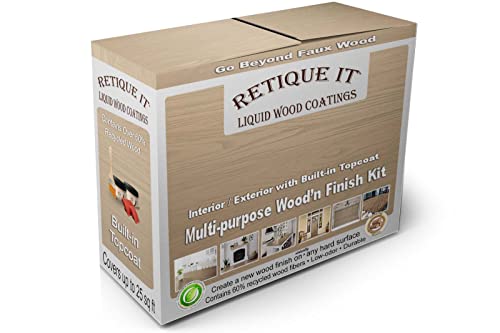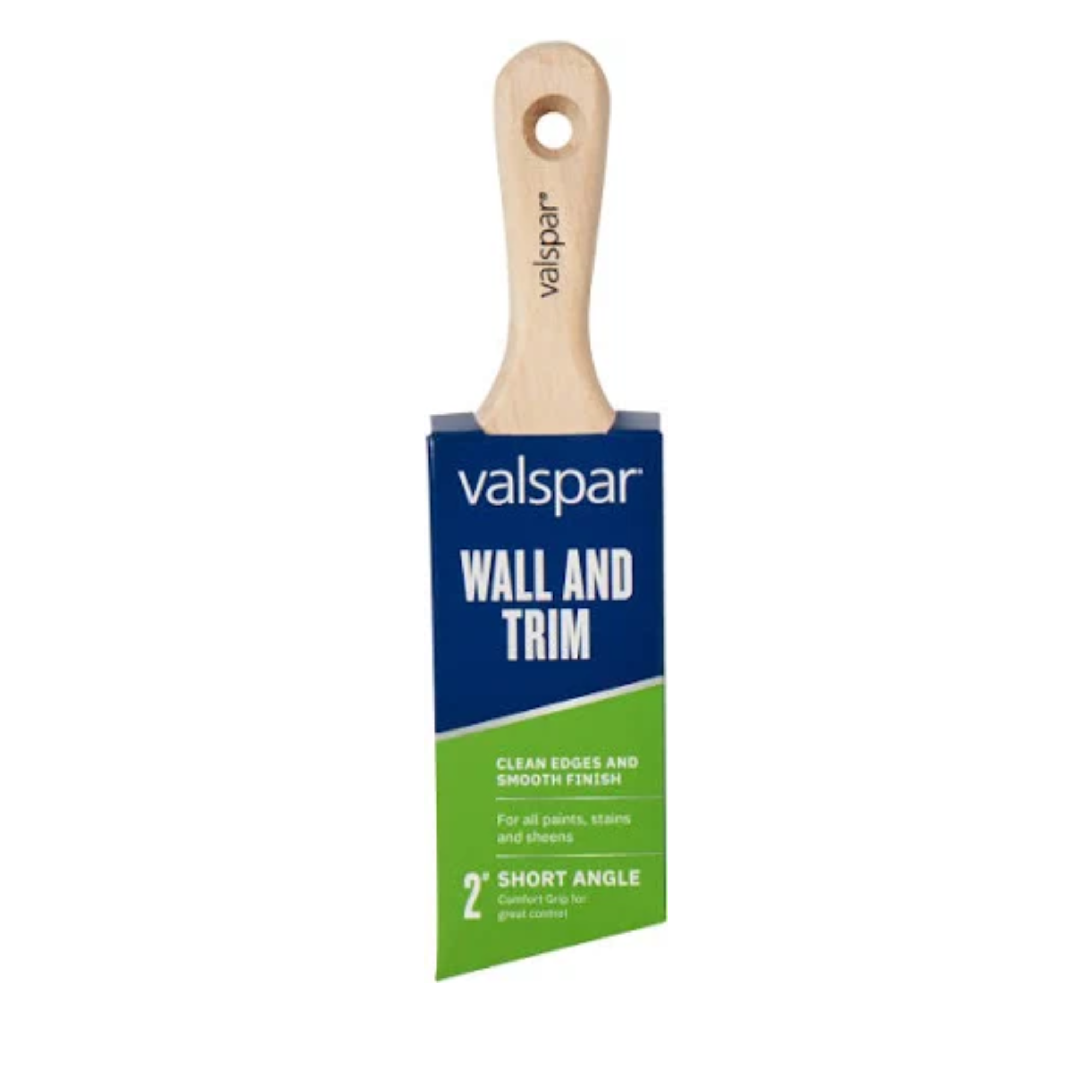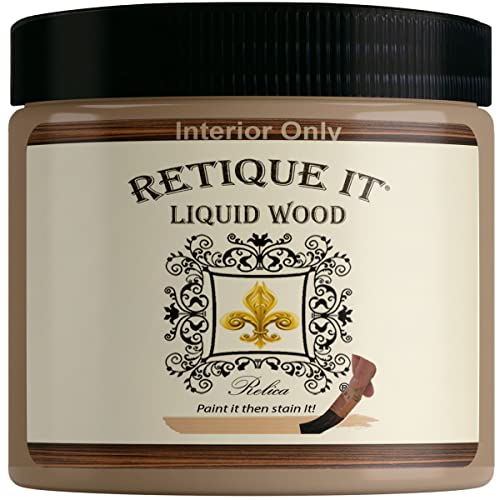This Trick for Faking Wood Grain Using Paint is Next Level Faux Bois
All you need is some brown paint and a clever graining tool to create the look of natural wood, and it's a fraction of the cost of the real thing
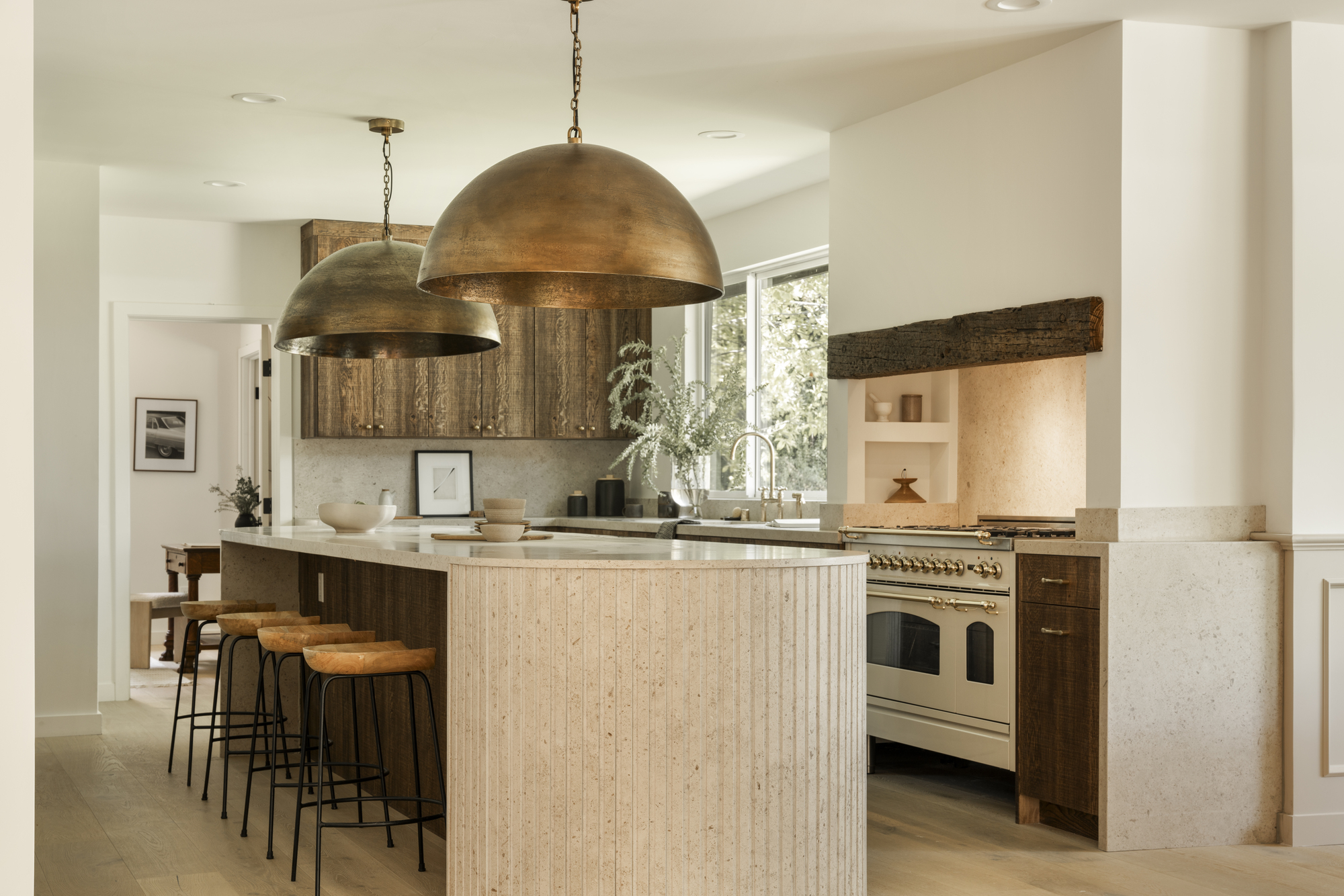

Raw wood tones are everywhere right now. From wooden kitchen cabinetry and wainscoting to molding and millwork, everyone seems to be bringing an organic touch to their interiors this year. That said, solid wood is a pricey investment, and this heavy material becomes a huge undertaking if used to renovate. But what if you could get the same look for less using a simple DIY?
We're not talking about veneer or plywood here. Instead, we're talking about paint. Forget expensive timber frames and days lost to remodeling — it's easy to recreate the look of a natural grain with some brown paint and a genius little tool called a wood grain rocker. Done properly, it's a far more authentic finish than you ever imagined. Trust us when we say, this paint technique needs to be seen to be believed.
Faux boi has taken many forms over the years, but it really can be as simple as a tin of paint and a clever little tool to mimic a grain effect. If you've always dreamed of a period home with wood-paneled walls, you can now bring your vision into reality (if you're prepared to designate enough time for the task, that is).
Home renovator Jayme Squires demonstrated in an Instagram reel how she used this faux wood technique throughout her kitchen and we were in disbelief at how effective the paint idea is. Using a kit from "liquid paint" brand Retique It, available from Amazon, she transformed her bland white kitchen cabinets into a warm and welcoming haven.
A post shared by DIY + Home Decor | Jayme Squires (@jaymesquires)
A photo posted by on
How does this mystifying process work, you ask? All Jamie had to do was a three-step DIY. First, she painted her cabinets with Retique It's "Liquid Wood Coating," applied one of the brand's gel stains (she chose the color Pecan), and then went over the wet gel with a wood grain tool. Thanks to a special formula that contains real wood fibers, the first coating makes hard surfaces easily stainable without having to sand or strip beforehand. The wood graining tool simply glides over the gel for a defined knotted effect. (She even added foam wood-effect beams to finish her cottage look.)

Retique It's products come with everything you need to complete the look yourself, but you can use these wood graining tools on any paint of your choosing, too. That's exactly what Matthew Bettencourt, Principal Designer at BETTENCOURT MANOR, did to achieve a mahogany millwork effect in a recent project (pictured above).
"We had just returned from a trip to Paris where we had fallen in love with all the wood facades on the buildings and, upon closer inspection, noticed some were created using a faux bois/trump l'oeil effect," Matthew explains. "We were lucky that we already had a white paneled wall to start with and we thought adding this technique would add some sophistication to the space."
Be The First To Know
The Livingetc newsletters are your inside source for what’s shaping interiors now - and what’s next. Discover trend forecasts, smart style ideas, and curated shopping inspiration that brings design to life. Subscribe today and stay ahead of the curve.
To achieve this convincing wall paneling idea, Matthew used Sarsaparilla by Glidden as a base coat and topped with the shade Mission Brown by Behr, and he says it's an easy DIY for anyone to try themselves. "First, clean the walls thoroughly to remove any dirt, grease, or dust, and sand the walls lightly to create a smooth surface," he says. "Once the base coat is dry, apply a second coat of satin paint in a darker shade than your base coat. This will serve as the contrast color for your faux wood grain."
He then used a wood-graining tool over the paint to imitate natural wood. You can use a graining rocker available from Walmart, as Matthew has done, or use a comb or roller. "After applying your top coat, use the graining tool by dragging it along the wall in long, continuous vertical strokes to create the grain pattern," he says. "Vary the pressure and direction of the strokes to mimic the natural variation in wood grain." Afterward, he used a dry brush technique to lightly blend and soften the grain pattern.
A post shared by Livingetc (@livingetcofficial)
A photo posted by on
The best thing about this approach allows you to customize your colors to suit the rest of your interior, whether you want a lighter wood tone or a darker one. "Because our space is filled with a mix of contemporary and vintage pieces, we feel it helps create the right balance," says Matthew. "It adds a layer of tradition that juxtaposes some of our more modern elements and creates an almost moody backdrop."
If you're looking to add some wooden accents to your home, this paint DIY is the most accessible choice out there. Whether you want an all-over wood panel or just the odd accent throughout your wood kitchen, this technique allows you to get the look without splurging on the cost of solid wood or risking huge reno mistakes (plus you can have fun with it in the process - that's a real win-win).

Lilith Hudson is a freelance writer and regular contributor to Livingetc. She holds an MA in Magazine Journalism from City, University of London, and has written for various titles including Homes & Gardens, House Beautiful, Advnture, the Saturday Times Magazine, Evening Standard, DJ Mag, Metro, and The Simple Things Magazine.
Prior to going freelance, Lilith was the News and Trends Editor at Livingetc. It was a role that helped her develop a keen eye for spotting all the latest micro-trends, interior hacks, and viral decor must-haves you need in your home. With a constant ear to the ground on the design scene, she's ahead of the curve when it comes to the latest color that's sweeping interiors or the hot new style to decorate our homes.
-
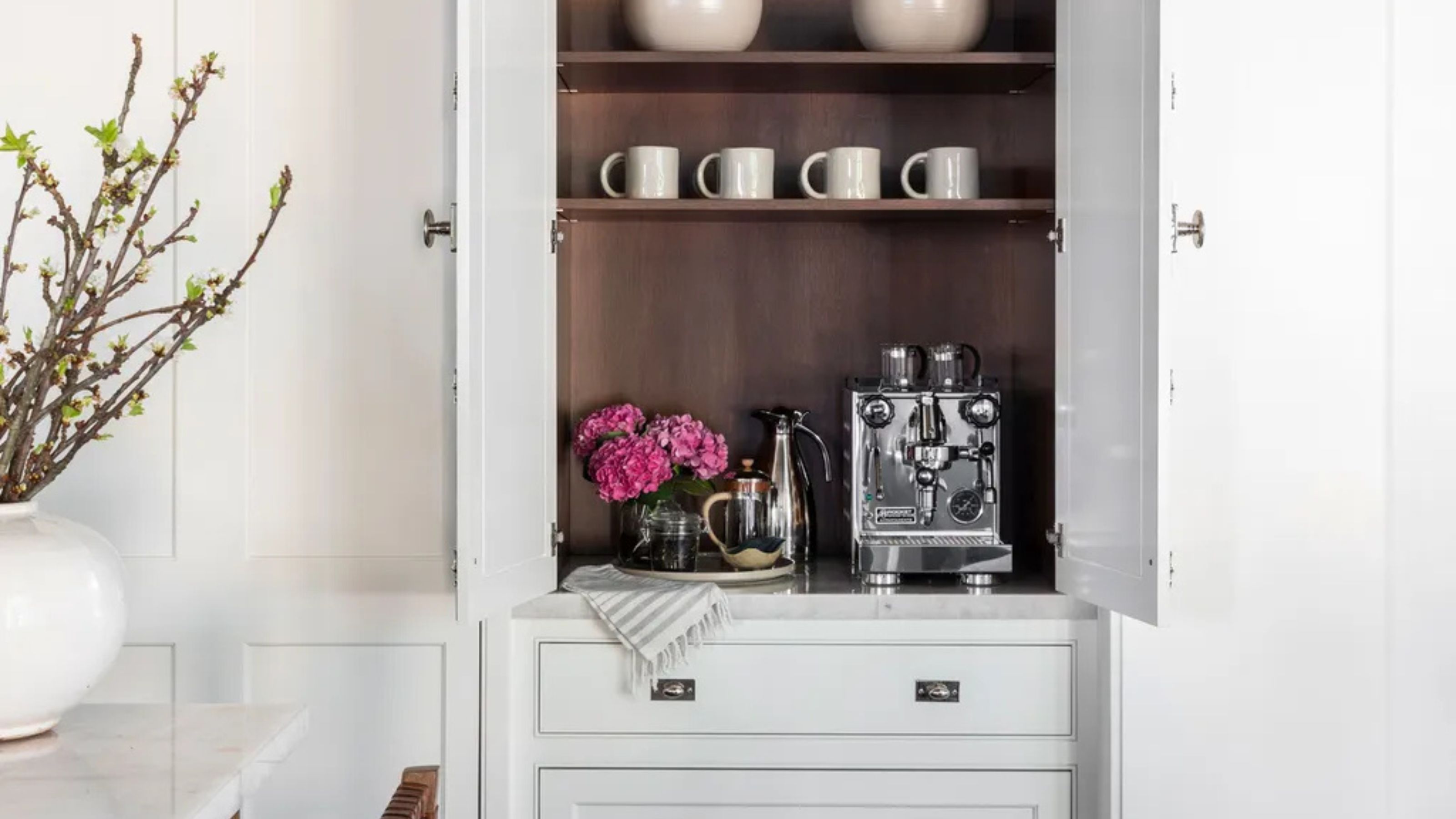 Turns Out the Coolest New Café is Actually In Your Kitchen — Here's How to Steal the Style of TikTok's Latest Trend
Turns Out the Coolest New Café is Actually In Your Kitchen — Here's How to Steal the Style of TikTok's Latest TrendGoodbye, over-priced lattes. Hello, home-brewed coffee with friends. TikTok's 'Home Cafe' trend brings stylish cafe culture into the comfort of your own home
By Devin Toolen Published
-
 5 Bathroom Layouts That Look Dated in 2025 — Plus the Alternatives Designers Use Instead for a More Contemporary Space
5 Bathroom Layouts That Look Dated in 2025 — Plus the Alternatives Designers Use Instead for a More Contemporary SpaceFor a bathroom that feels in line with the times, avoid these layouts and be more intentional with the placement and positioning of your features and fixtures
By Lilith Hudson Published
